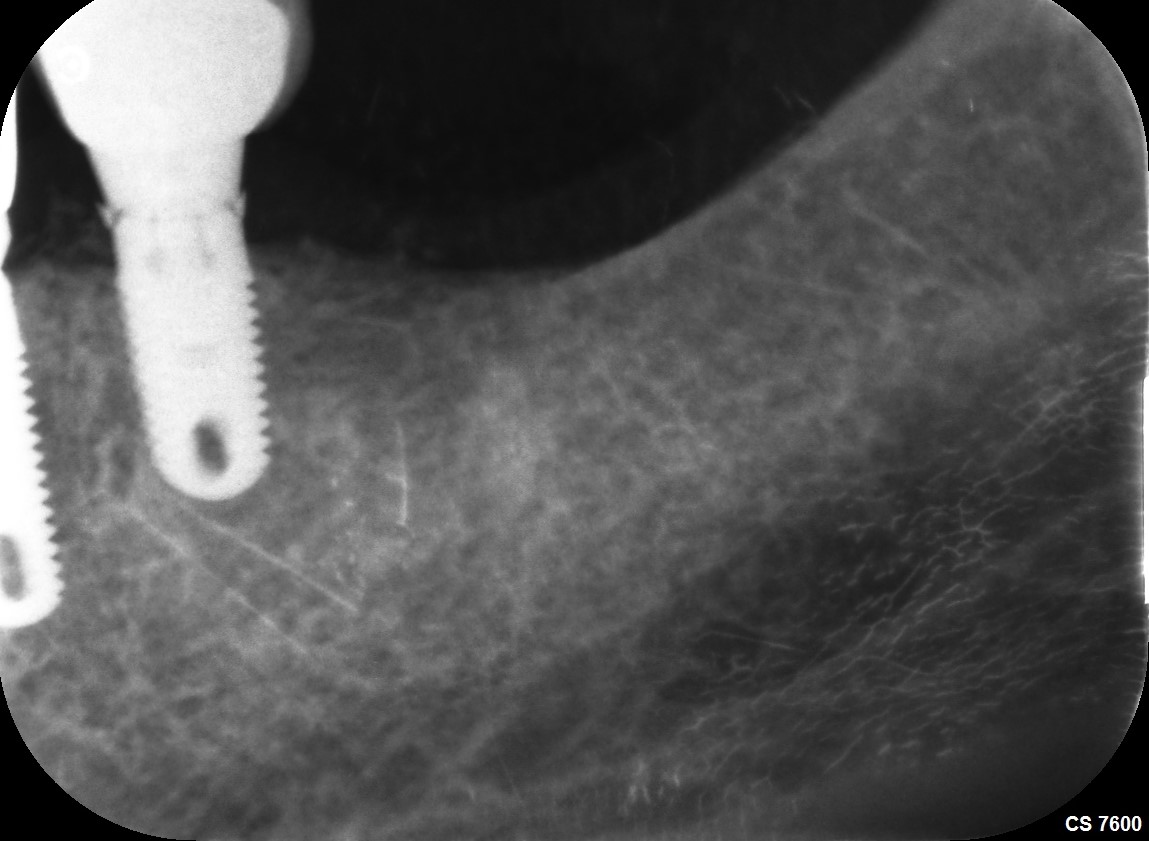Differences between the Nobel Active and Nobel Parallel Conical Connection?
My questions are regarding the Nobel Biocare implant system. I am a fairly experienced with implants, and have worked with Hiossen, Biohorizons, etc, and now I am starting with the Nobel System, mainly the NobelActive and NobelParallel Conical Connection. I have attended an introductory course explaining the various components but still have several questions remaining after using about 50 of these implants. My questions are the following:
1)The NobelActive and NobelParallel Conical Connection have the exact same use for immediate extraction and function. So why have 2 types of implants for the same indication? Which one do you choose and why, in immediate extraction and loading cases?
2)The drill sequence of both these implants is identical. While I do understand using a screw tap in hard bone sequence for the NobelParallel Conical Connection, do you use screw tap in NobelActive also?
3)Do you ever underprepare the osteotomy for a Parallel CC? What I mean by this question Is, does it have any cutting threads at all?
4)In immediate extraction and loading cases, where you have chosen the Parallel CC over the NobelActive (for whatever reason), in case of hard bone, do you end with a screw tap even then? If yes, does it give enough stability/torque to immediately load after screw tapping?
















